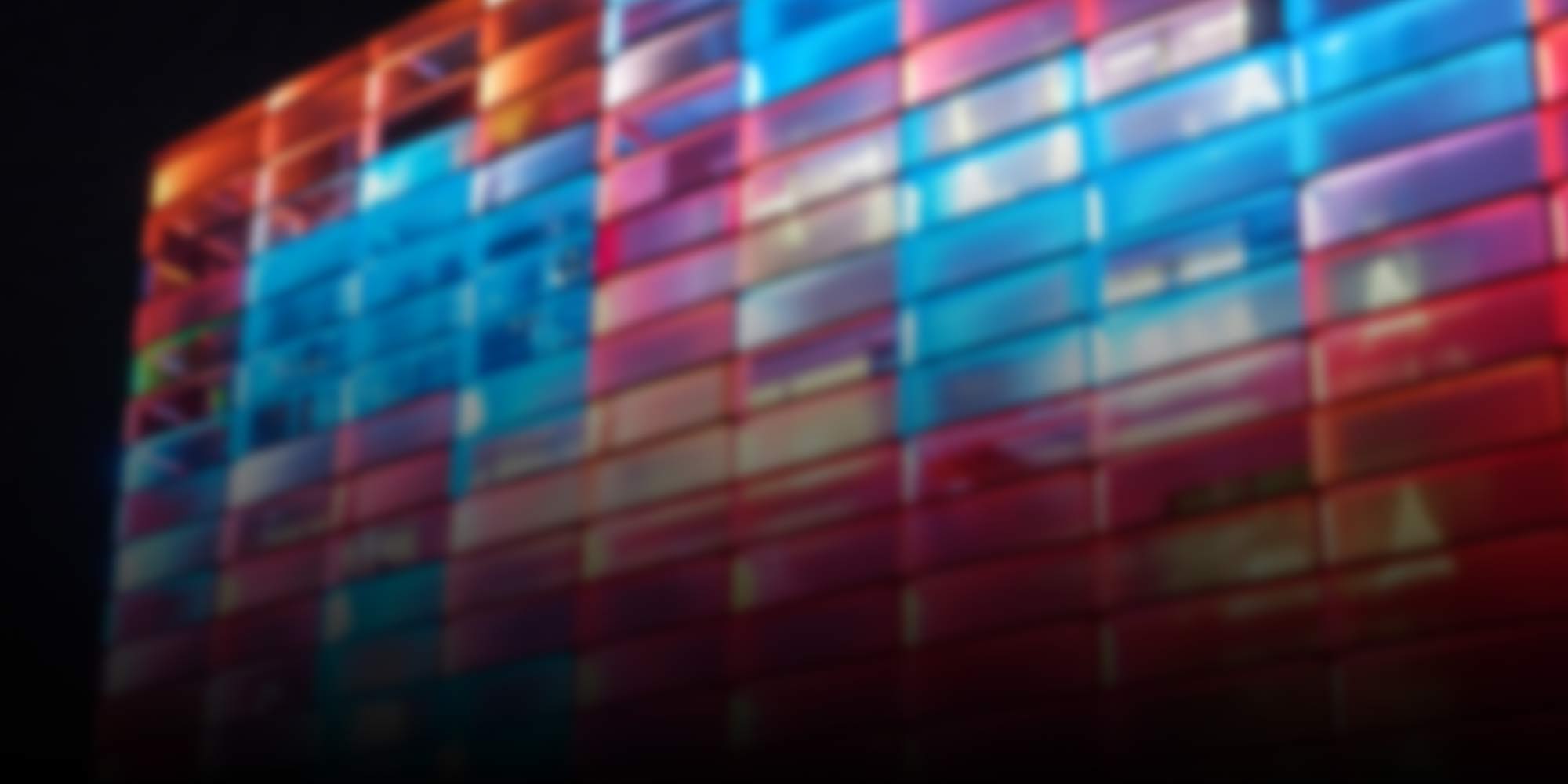
Lectures & Talks
-
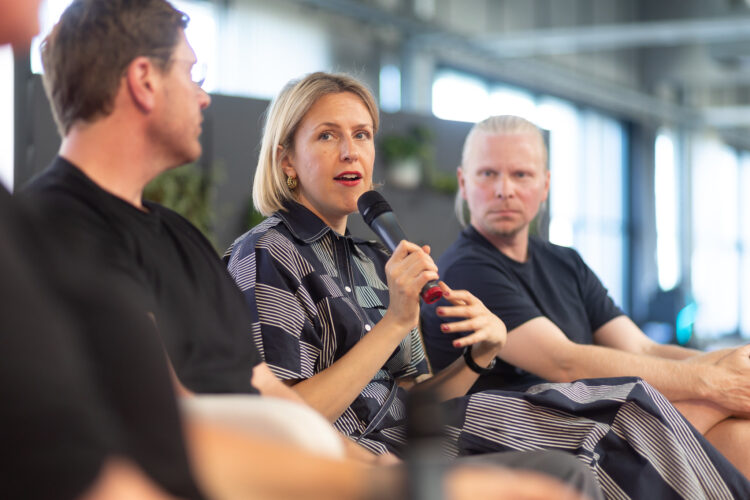
From Hope to Action
This year’s theme symposium will focus on people who inspire others through their creativity, empathy and courage, and who create hope for a better future.
-
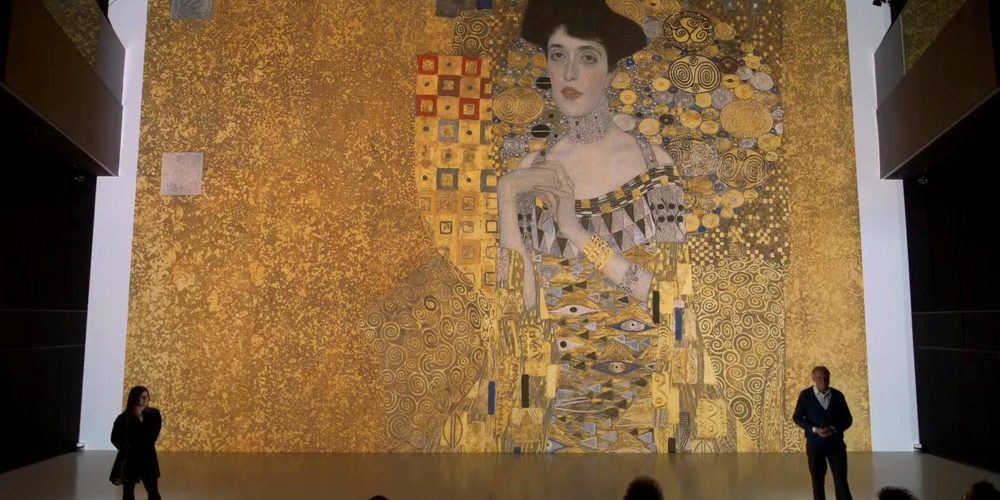
The Woman on the Picture
Gustav Klimt and Rebecca Merlic placed the image of the woman at the centre of their artistic work – an analysis.
-
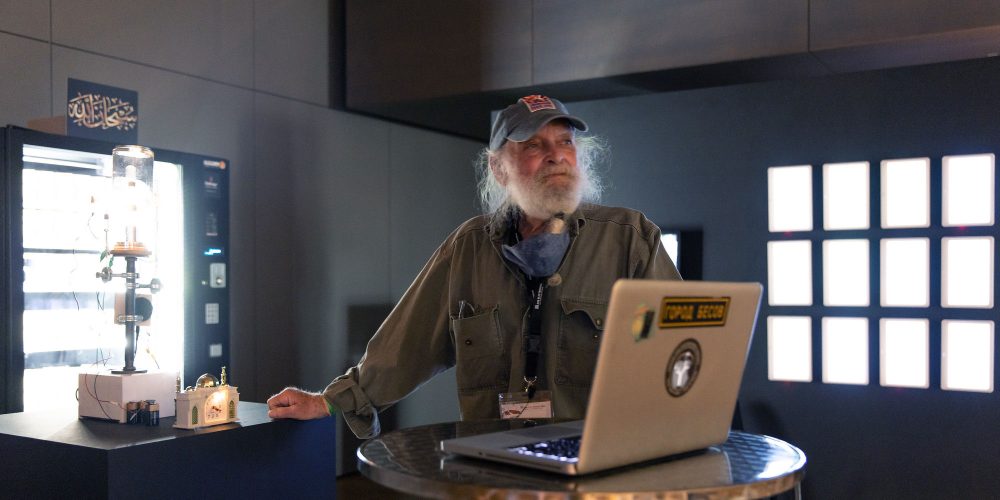
Joe Davis: In Search of Paradoxes
Just recently, Joe Davis and Sarah Khan stored 2,417 quintillion angels on the head of a pin. Reason enough to talk to the BioArt pioneer about the connection between art and science.
-
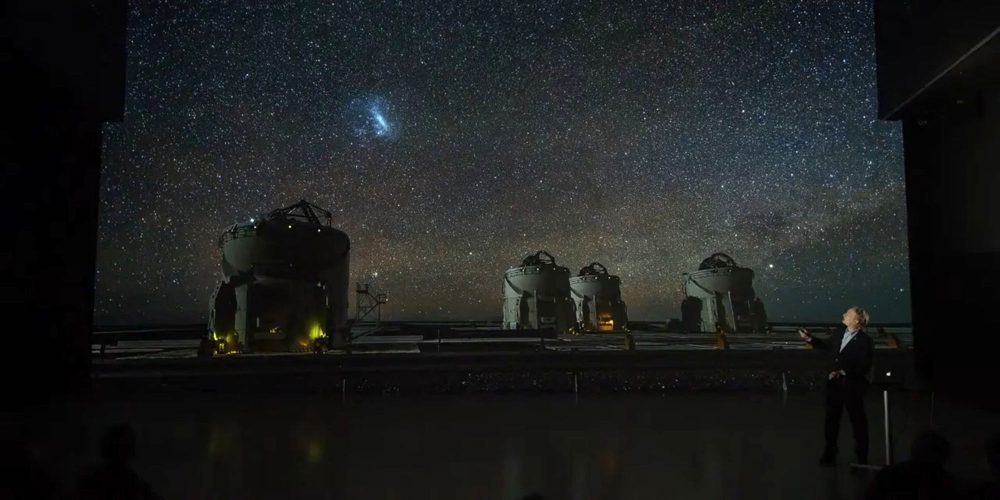
On the Olympus of Modern Astronomy
Astronomer Peter Habison provides insight into the European Southern Observatory (ESO) in Chile – the world’s most productive astronomical observatory. (German language)
-
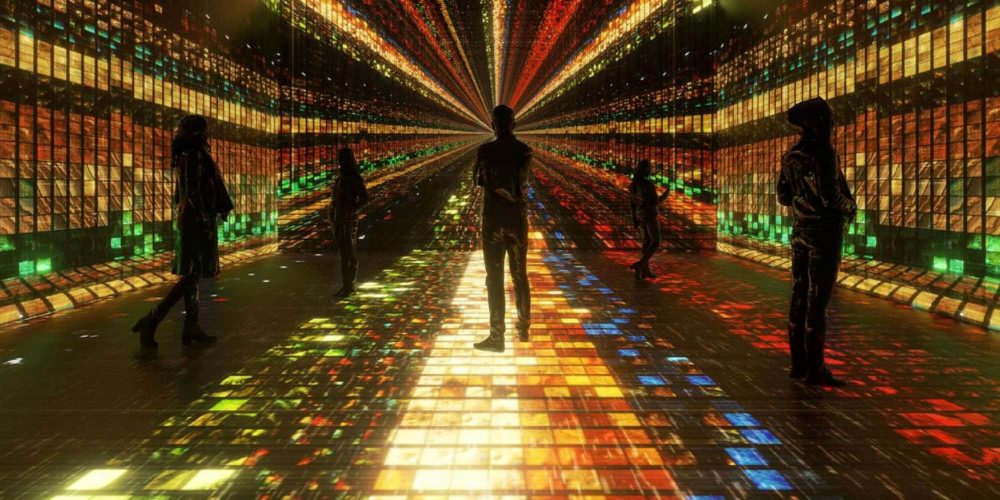
Refik Anadol: “Buildings can dream”
With his large-scale visualizations and animations, media artist Refik Anadol brings incomprehensible numbers and measurement data to life and returns them to the physical world.
-

When Artists make use of Artificial Intelligence
The powerful tool “artificial intelligence” is increasingly finding its way into media art. Three artists talk about how they use AI and where they see their role as artists.
-
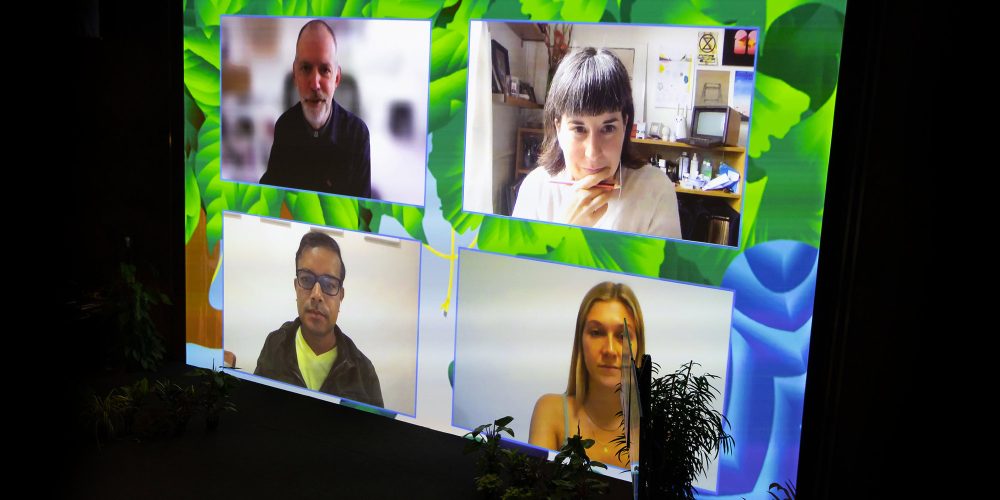
Globally connected combating global climate change
How can a global communication tool like the Internet help to mobilize even more people to act together against climate change?
-

Size Comparisons in the Universe
When it comes to imagining sizes in the universe, we quickly reach our limits. But that should not stop us from not trying.
-
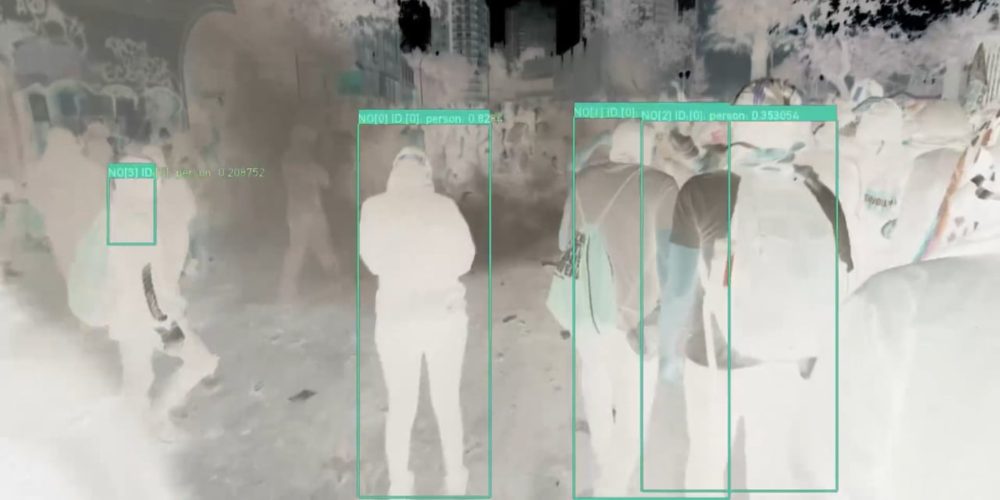
Digital Democracy: How democratic is the Internet?
Is democracy digital and how democratic is the digital? We have put together a collection of festival projects on the topic of “Digital Democracy”!
-
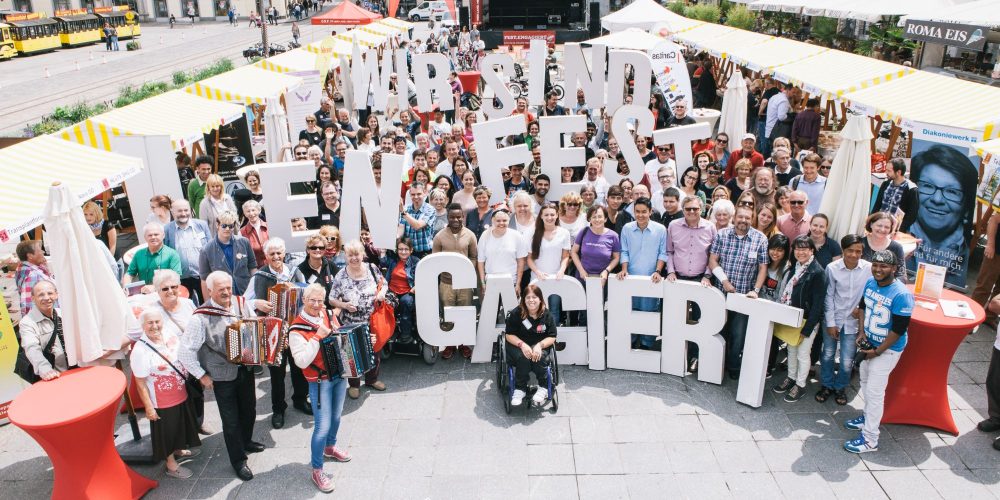
Volunteer Fair Upper Austria meets Ars Electronica
FEST.ENGAGIERT will take place in the course of the Ars Electronica Festival for the first time in 2021. This collaboration is based on the belief in change, the belief in a “New Digital Deal.
-

At the Pulse of Time
In 1987, the Prix Ars Electronica, one of the world’s most important competitions for media art, was launched. Every year at the Ars Electronica Festival, the best works can be admired in the CyberArts exhibition. This year, again.
-
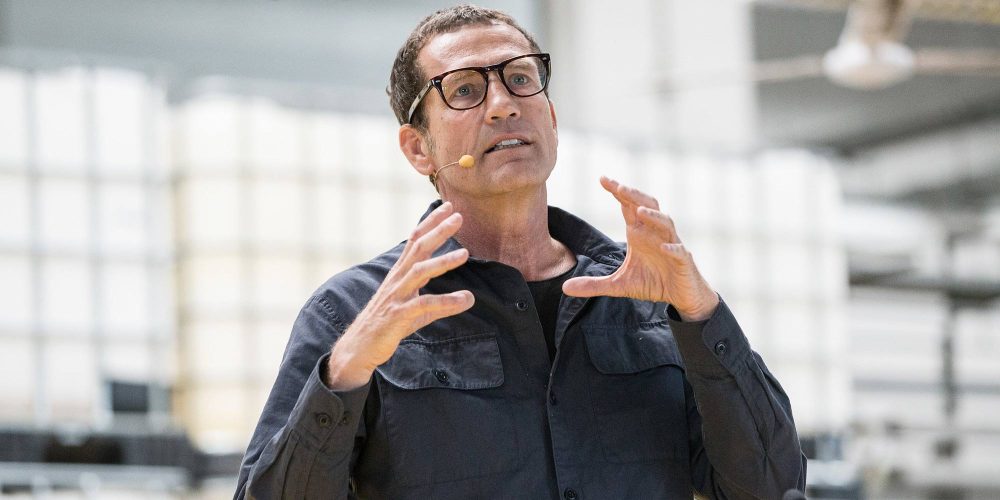
Joachim Sauter on Reflections and Kinetics
To commemorate the pioneer of media art, we are showing an excerpt of the lecture he gave at the 2017 Ars Electronica Festival.
-
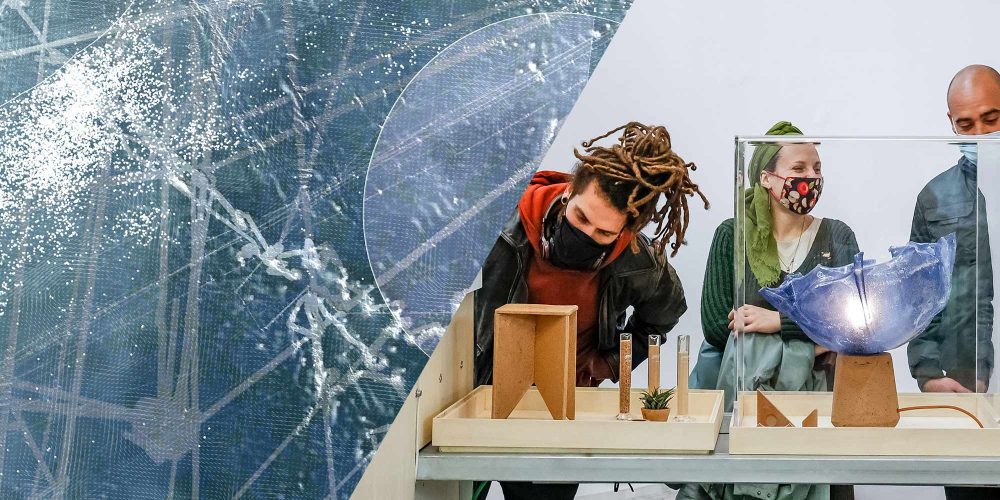
The Winners of the 2021 STARTS Prize
We present the Grand Prizes at the intersection of science, technology and art: “Remix el Barrio” and “Oceans in Transformation”.
-
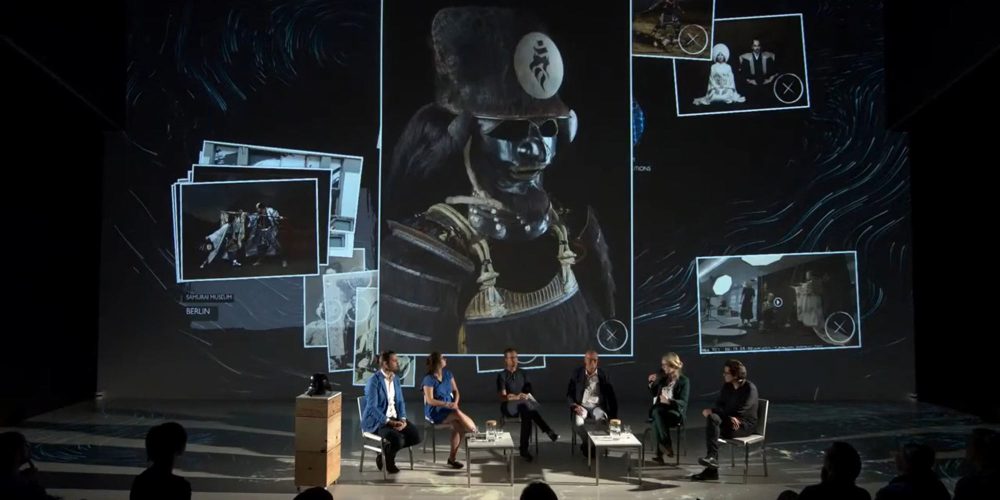
The Return of the Samurai
How does one come to collect samurai art? And how can art-historical artifacts be presented in a modern way? (German language)
-

Which stars show up in our summer sky?
Star photographer Dietmar Hager takes us on a journey through the summer starry sky – as seen from Austria. (German language)
-
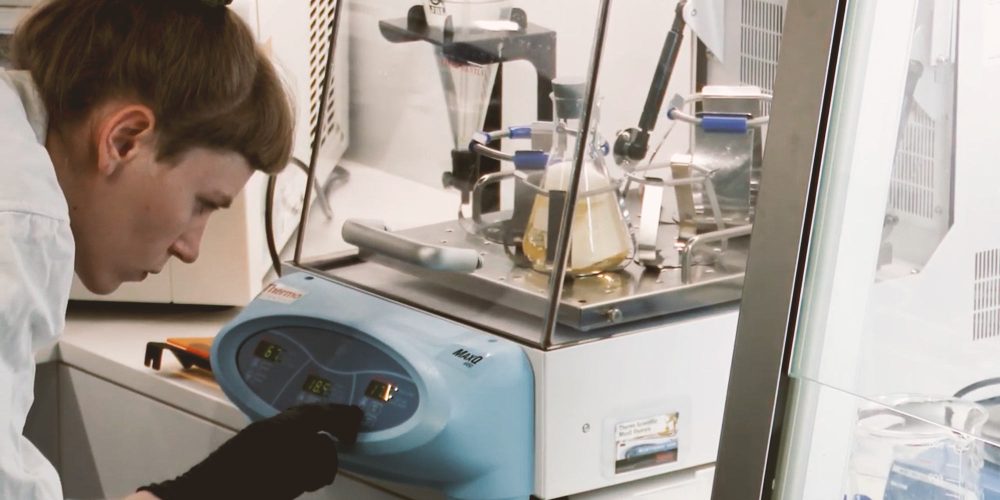
Textiles dyeing with Bacteria
No harmful chemicals, significantly lower water consumption. Julia Moser explains how pigment bacteria are used to color clothing. (German language)
-
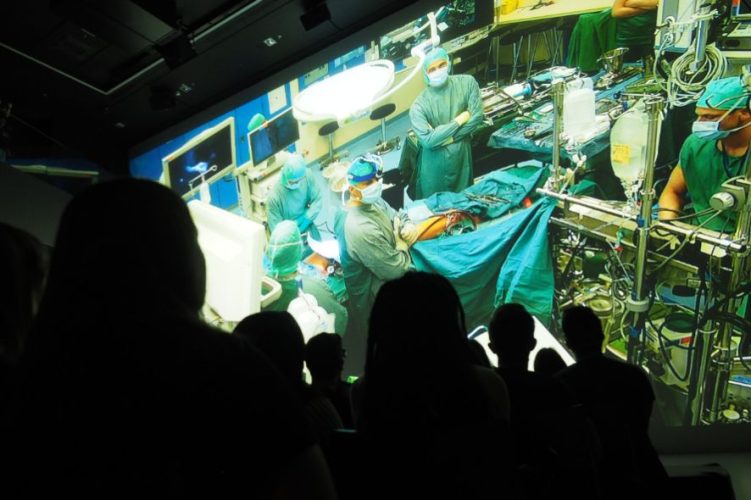
Live Heart Surgery at Deep Space 8K
Mehr als 100 Besucherinnen und Besucher waren am 4. April im Deep Space des Ars Electronica Center mit dabei und konnten eine Herz-OP im Kepler Universitätsklinikum live mitverfolgen.